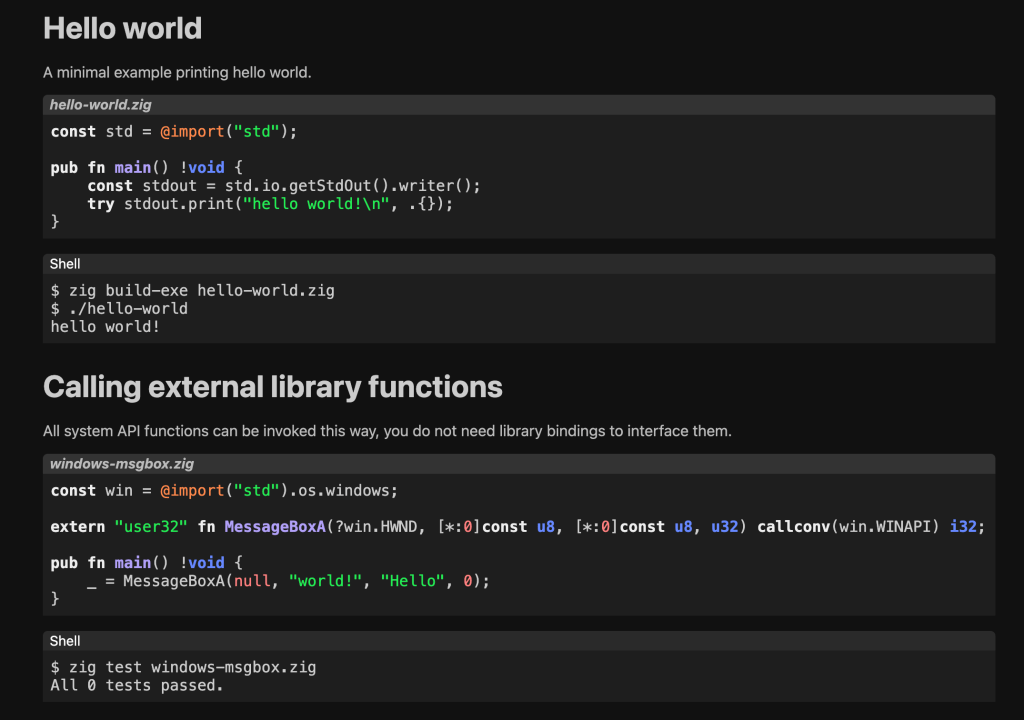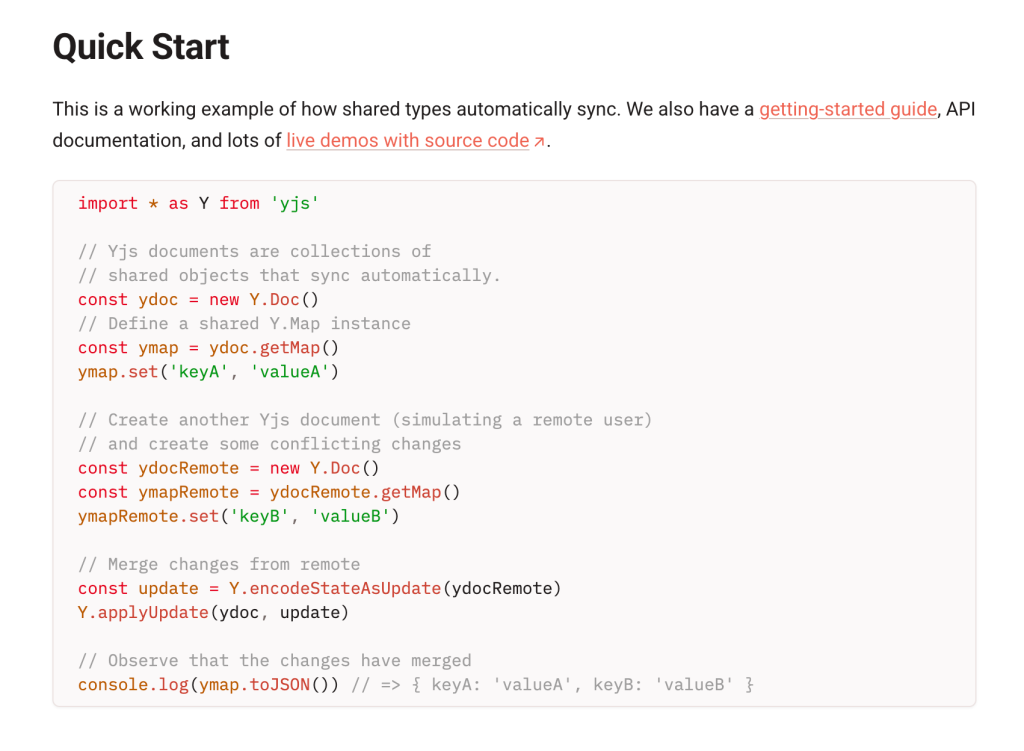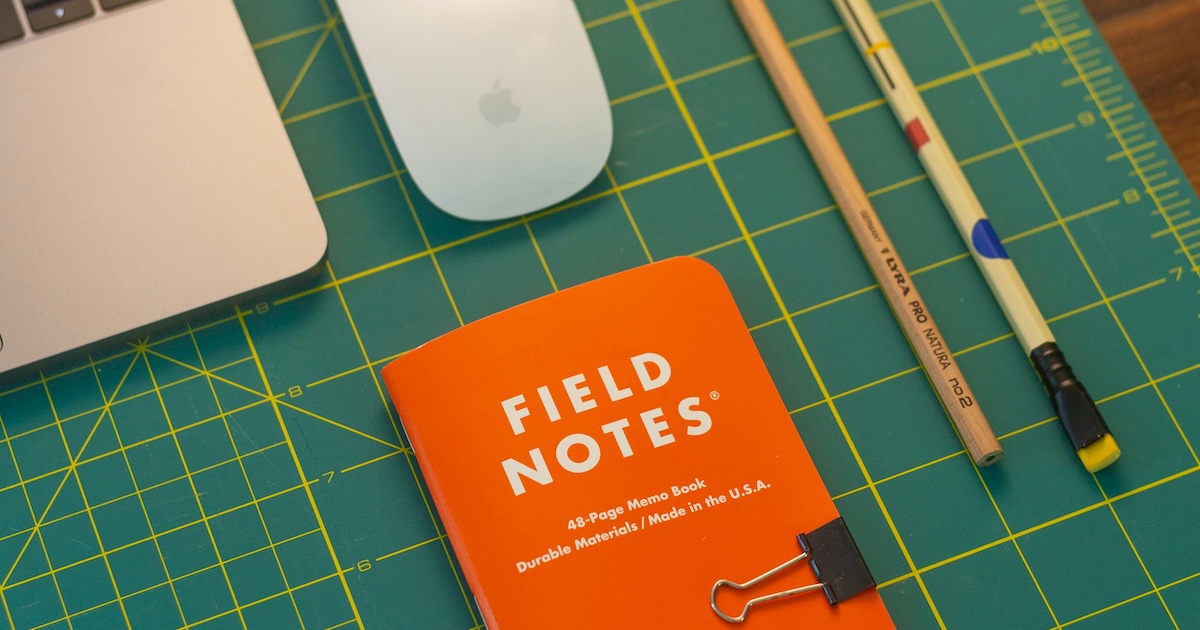From solo projects to major frameworks, open source maintainers are doing the work of many, for many—oftentimes without guaranteed funding.
Thankfully, programs like GitHub Sponsors can make a critical difference in the long-term health of a project. But what makes an open source project attractive to sponsors?
We asked a few internal experts to analyze eight funded open source projects on GitHub. We then used that information to identify patterns and insights that could help maintainers and contributors understand what drives sponsorships in open source. The answer isn’t one-size-fits-all, but the most successful projects tend to get several of these right.
With Maintainer Month well underway, our GitHub panel is a bit slimmer this month, but it includes:
- Abigail Cabunoc Mayes, aka @abbycabs, who works on open source maintainer programs and serves on the board of the OpenJS foundation.
- Kevin Crosby, aka @kevincrosby, who runs GitHub’s open source funding program.
- Jeff Luszcz, aka @jeffrey-luszcz, who helps manage GitHub’s open source program office (OSPO).
Below, we’ll highlight some of these projects—and break down the trends that make them stand out in today’s evolving open source landscape.
1. Ladybird: the open source web browser 🦅
C++ HTML JavaScript CMake Objective-C++ Swift
📜 BSD 2-Clause License
Started by the former maintainer of SerenityOS and funded by one of the cofounders of GitHub (Chris Wanstrath, aka @defunkt), Ladybird is an independent, cross-platform web browser being built from scratch in C++/Swift that ships its own LibWeb rendering and LibJS JavaScript engines.
The project’s 501(c)(3) Ladybird Browser Initiative rejects ad deals and search‑engine royalties outright, funding itself only through unrestricted donations. That “no strings attached” stance resonates with privacy‑minded companies and individuals.
Ladybird uses a sandboxed multi-process architecture and targets Linux, macOS, and other Unix-like systems—aiming to offer a modern, standards-compliant alternative that relies on zero Chromium or Gecko code.
2. Neovim: the editor that inspires devotion ✍️

📜 Apache 2.0 License
Neovim is a modern reimagining of the classic Vim text editor, designed to enhance extensibility, maintainability, and user experience. Launched in 2014, it introduces features like built-in Language Server Protocol (LSP) support, asynchronous I/O, and Lua scripting capabilities, all while maintaining compatibility with most of Vim’s features .
By swapping Vim‑script internals for an embedded Lua runtime, asynchronous job control, and a remote‑UI RPC API, Neovim can act as:
- A terminal‑first IDE with built‑in LSP, Tree‑sitter syntax trees, an embedded terminal, and virtual‑text/inline‑diagnostics,
- An embeddable component inside other apps, or
- A headless background process that multiple GUIs attach to.
Neovim has also cultivated a thriving ecosystem. Their delightful collection of plugins has become a major part of its appeal and funding story, offering developers highly customizable experiences out of the box.
3. RunAsUser: system privileges made simple 🔑
📜 MIT License
Kelvin Tegelaar builds multiple PowerShell modules for his community. RunAsUser is one featured module that lets you launch processes in the security context of the currently-logged-on user—even when the script itself is running as SYSTEM.
That’s handy for Remote Monitoring and Management (RMM) tools, scheduled tasks, or other automations commonly used by system administrators and managed service providers that normally run under the SYSTEM account but occasionally need to interact with resources that only the interactive user can access.
4. Zig: the C alternative that’s gaining traction ⚡

📜MIT License
Zig is a low-level, LLVM-based programming language and toolchain aimed at building fast, small, and reliable software. It serves as a C alternative with first-class cross-compilation, C/C++ interop, and a built-in package and build system that lets you write, compile, test, and cross-compile code from one unified CLI.
It’s also a language that has drawn some comparisons to Rust.
The difference is that Rust is execution oriented, making it easier to compile things like Python code, increasing speed, and improving memory safety. In contrast, Zig is often used to target kernel-level optimizations around GPUs—so it’s directly in the conversation around optimizing GPUs and model inference.
5. Yjs: real-time collaboration 🤝

📜 MIT License
Imagine building collaborative apps where users can edit together in real time—no conflicts, no lag, no central server issues. Yjs makes that a reality. It’s a high-performance conflict-free replicated data type (CRDT) framework that turns any data structure—text, JSON, rich-text, drawings—into an automatic peer-to-peer collaborative model. It lets multiple peers edit the same document simultaneously (offline or online) and syncs changes efficiently over any transport (WebSocket, WebRTC, WebRTC-data, etc.) with automatic conflict resolution.
In simpler terms, it solves a problem that not many other libraries are solving when it comes to enabling multiple people to work together with the same data set.
6. Caddy: web servers without the headache 🔒
📜 Apache 2.0 License
Caddy is a modern, open source web server and reverse proxy written in Go that automatically provisions and renews TLS and PKI certificates for every site it hosts. It sports a modular architecture, JSON-API configuration, and cross-platform binaries, letting you spin up secure sites and services with a single command.
Caddy’s popularity stems from its unique solution for automatic HTTPS and features like good documentation and a modular architecture. The project is fully open source, but business sponsorship ensures ongoing support and software viability. Sponsors benefit from direct support, priority features, and custom patches, offering a more affordable option compared to proprietary software like Traefik Enterprise or nginx Plus.
7. Crystal (Graphile): improving GraphQL + Postgres 💎
📜 MIT License
Graphile’s Crystal monorepo is a powerhouse toolkit that transforms your PostgreSQL database into a dynamic, developer-friendly API.
Instead of spreading packages across many repos, the Graphile team now develops everything in one place so that the pieces can evolve together. Postgres as a data management platform has become something of a de facto framework, so having a graph interface with Postgres makes it easier to leverage the data.
At its core, you’ll find PostGraphile, which auto-generates a GraphQL API from your database schema, and Grafast, an execution engine that optimizes how your data is fetched and resolved. Whether you’re a seasoned developer or just starting out, Crystal offers a modular, efficient, and scalable approach to API development, making your backend as elegant as your frontend.
8. Vuetify: beautiful UI components for Vue devs 🎨
TypeScript Vue Sass SCSS JavaScript
📜 MIT License
Vuetify is a powerful UI library for Vue.js that brings Google’s Material Design to life with handcrafted components. It offers a vast collection of ready-to-use elements like buttons, forms, and navigation bars, all designed to help you create beautiful applications without needing a design degree.
Vuetify remains the go‑to Material Design system for Vue 3 because it couples an exhaustive component set with strict accessibility, real theming, and an active roadmap. It’s also MIT licensed and funded through sponsorships on Open Collective and GitHub. Sponsors (from $1 to $1 500 / month) get logo placement and priority support, and the pool pays core maintainers and contract contributors each month.
What these projects tell us about open source funding 💰
Beyond writing great code, successful open source maintainers often wear the hats of community builder, marketer, and product strategist. The projects above show that sustainable open source funding isn’t just about technical merit—it’s also about connection, clarity, and visibility.
It’s not just the technically impressive projects that get funded—it’s also the ones that build real connections with their users. Kevin says: “The most interesting thing is they have fairly engaged communities that appreciate the maintainer and the project. It’s not necessarily always the tech, but finding the people who care enough and want to fund the project itself.”
Investing in community, alongside your code, is huge for maintainers. Respond to issues promptly, engage on social media, and build those personal connections that make someone think, “Yeah, I want to support this person’s work.” Also, people like seeing community engagement—having sponsorship goals on a profile show how the community is leaning in.
Solving specific pain points drives value 🎯
The funding sweet spot is solving specific, painful problems that affect developers’ daily work. Kelvin Tegelaar’s RunAsUser shows this perfectly. Kevin explains: “The maintainer believes sponsors are an important part of their community and involves them in the development process. If you solve a niche pain point and make them part of the community, you can activate a fairly large number of sysadmins.”
How you package value goes beyond just your code 📦
The most successfully funded projects don’t just ask for donations—they clearly explain what sponsors get in return. Many offer additional benefits like support contracts, early access, community recognition, and membership.
Kevin shares an insight: “In Maintainer Month, someone said the product/value was the member list—and folks who sponsor that project get access to that list.”
When people sponsor a project, they like to feel as though they gained a benefit, even if it’s recognition or being part of the community.
Open source maintainers should also think like product managers about your sponsorship tiers. Kevin says: “If we crack what the ‘product’ is and the ICP for projects, that’s what’s going to get the money. It’s not too different from small businesses figuring out what they monetize.”
Make your funding link visible 👀
Even the most amazing project won’t get funding if people can’t easily find your sponsor button! Projects like Caddy nail this by making sponsorship opportunities front and center.
But great visibility goes beyond just adding a sponsor button. The most successful projects highlight the impact of sponsorship and showcase existing sponsors. Jeff describes the common journey: “When you start a project and get early sponsors, prove to others that people care by making your early supporters visible enough, and then others will be encouraged to support.” Those early sponsors can be the first step toward bigger funding opportunities for your project.
Explore and contribute to sustainable open source 🛠️
Whether you’re looking to support great work or grow your own project, these trends offer a starting point. Open source thrives when maintainers and contributors build together—and sustain each other.
Here’s how to get involved:
- Check out these projects to see how they might fit into your workflow
- Join in and contribute to projects that spark your interest
.png)




